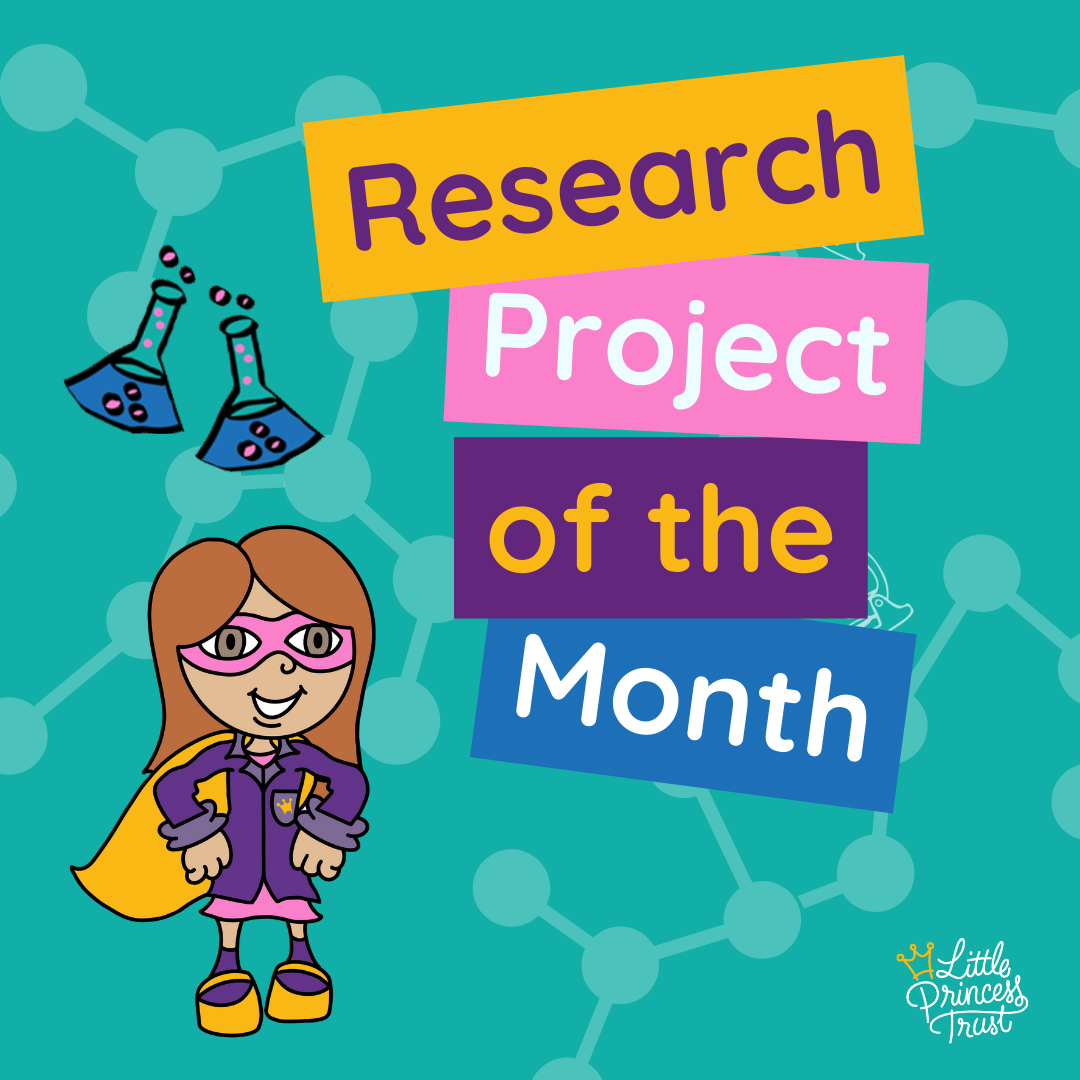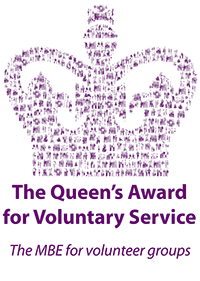Little Princess Trust News
How can we help children and young people with bone cancer?

LPT funded research examines osteosarcoma
For Teenage and Young Adult Cancer Awareness Month, we’re sharing our research into osteosarcoma bone cancer.
It is most common between the ages of 10-19 and in people over 80 years old, and there are few effective treatments for young people.
One of the big breakthroughs in treating cancer is our growing understanding of how we can use the immune system to fight cancer.
Although immune system cells are supposed to recognise that cancer cells don’t belong in the body and attack them, cancer cells can be clever. In osteosarcoma, the cancer cells are able to hijack immune cells called macrophages.
These cells are supposed to attack cancer and recruit other immune cells to join the fight. However, osteosarcoma can make them produce an enzyme called HO-1 that forces immune cells to help the cancer.
Professor Agamemnon Grigoriadis wants to help the immune system fight osteosarcoma. He believes that turning off HO-1 production would allow the immune system to kill cancer cells. Luckily, there is already a medicine available that does this, although it is currently not used to treat cancer.
Agamemnon's Little Princess Trust project aims to provide evidence that this medicine could be used for osteosarcoma.
.jpg)
Repurposing an existing medicine can bring new treatments to patients faster, so is an exciting option. However, researchers must first prove that the treatment could work.
Agamemnon’s team wants to find out exactly how cancer cells corrupt macrophages, which will help show whether the repurposed medicine could help the immune system fight osteosarcoma.
Since October 2021, the researchers have shown which macrophages are found in osteosarcoma tumours and where they are.
Patient samples have shown that there are lots of macrophages and HO-1 enzymes in the tumour and in the nearby bone marrow. The presence of HO-1 could explain why the macrophages aren’t attacking the tumour as they are supposed to.
This provides further evidence that the osteosarcoma cells are turning healthy macrophages into ones which help the tumour.
The researchers have shown that the corrupted macrophages actually help the tumour grow and spread around the body. Fighting this effect could make a big difference for patients.
Now almost finished with his Little Princess Trust project, Agamemnon is looking to the future. He is keeping a close eye on his co-applicant James Arnold’s research into the repurposed medicine that can turn off HO-1 production.
James is testing whether the medicine works in breast cancer, but this project has shown that it could work for osteosarcoma. Agamemnon hopes that their combined research efforts will lead to a new treatment in the very near future.
You can find out more about this project here.



